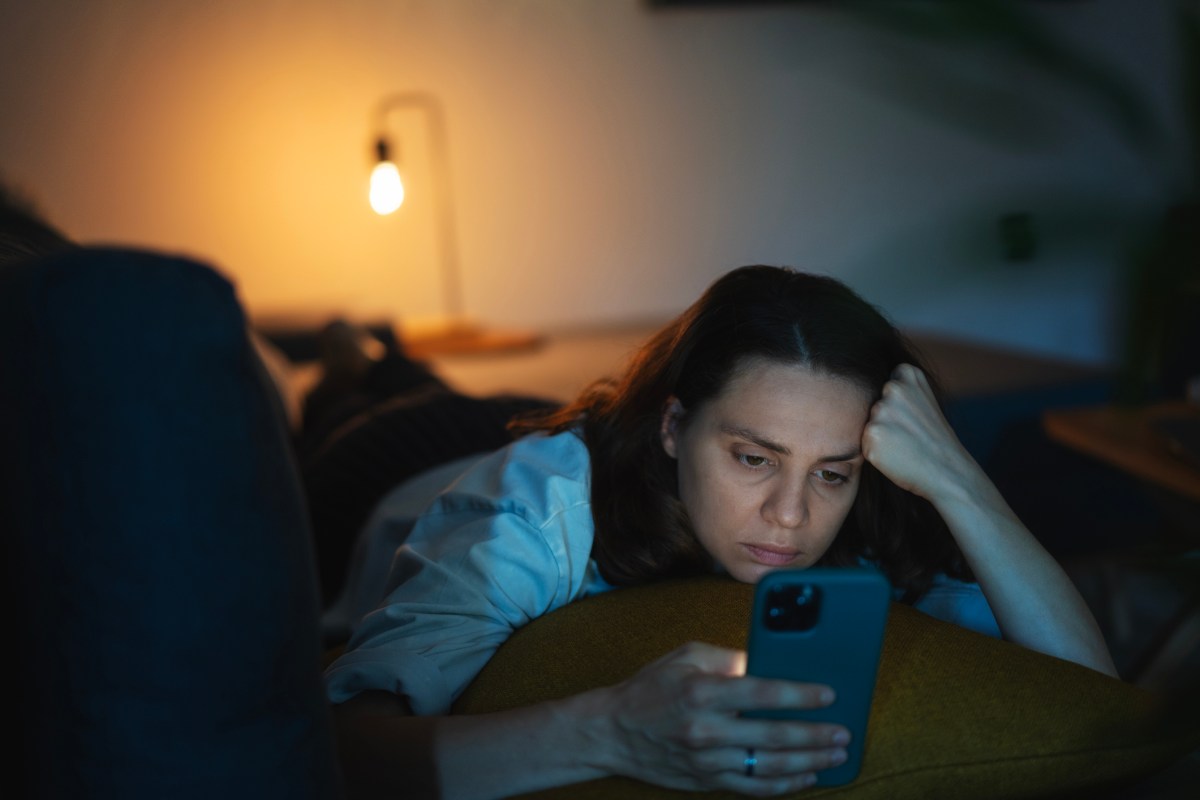As screen time continues to climb and social media feeds become saturated with distressing headlines, more people are turning to digital mindfulness to regain control over their mental health.
The practice, which focuses on curbing doomscrolling and scheduling intentional tech breaks, is rapidly gaining traction in wellness communities and among mental health professionals.
Digital mindfulness encourages individuals to cultivate a healthier relationship with their devices. It involves being aware of when, how, and why screens are used—then consciously choosing to step back when digital habits become overwhelming or harmful.
In the era of constant notifications and algorithm-driven content, this trend is seen as a timely antidote to digital fatigue.
Doomscrolling, the compulsion to consume a stream of negative news online, has been linked to increased anxiety, depression and poor sleep.
Research shows that extended exposure to emotionally charged headlines can cause a stress response in the brain, making it difficult to disengage even when users recognize the harmful effects. Digital mindfulness works to interrupt this cycle by encouraging users to pause, reflect, and redirect their attention.
Many wellness apps now offer built-in reminders to take breaks, track screen time and block access to distracting platforms during specific periods.
These tools are designed to empower users to set boundaries around their digital habits, similar to the way calorie-counting apps helped build awareness around food consumption in the early 2010s. Tech companies, too, are responding to the growing demand for digital balance by rolling out features that promote screen time awareness, such as “focus mode” settings and weekly usage reports.
The rise of “analog wellness” is also fueling the digital mindfulness movement. People are rediscovering non-digital hobbies like reading print books, journaling, and spending time outdoors without phones.
These analog activities are being rebranded as acts of resistance against the always-on culture. Retreats and wellness programs now offer tech-free zones where participants can disconnect from the internet and reconnect with themselves.
Mental health experts advocate for structured tech breaks as a way to reduce cognitive overload and improve overall well-being. Some recommend “digital sunsets”—a practice where all screens are shut off at least one hour before bedtime. Others encourage the implementation of “tech sabbaths,” full days without screens, usually practiced once a week.
Employers are also recognizing the importance of digital mindfulness.
Workplace wellness programs increasingly incorporate guidelines for reducing digital distractions, promoting focused work periods and encouraging device-free meetings. As hybrid and remote work becomes more prevalent, these strategies are viewed as essential for maintaining productivity and mental health.
As the boundaries between work, social interaction and leisure continue to blur in the digital age, cultivating intentionality around screen use is emerging as a vital skill. Digital mindfulness is no longer a niche practice; it is evolving into a mainstream component of mental wellness. By encouraging people to log off with a purpose, the trend signals a cultural shift toward more balanced and present ways of living.



































